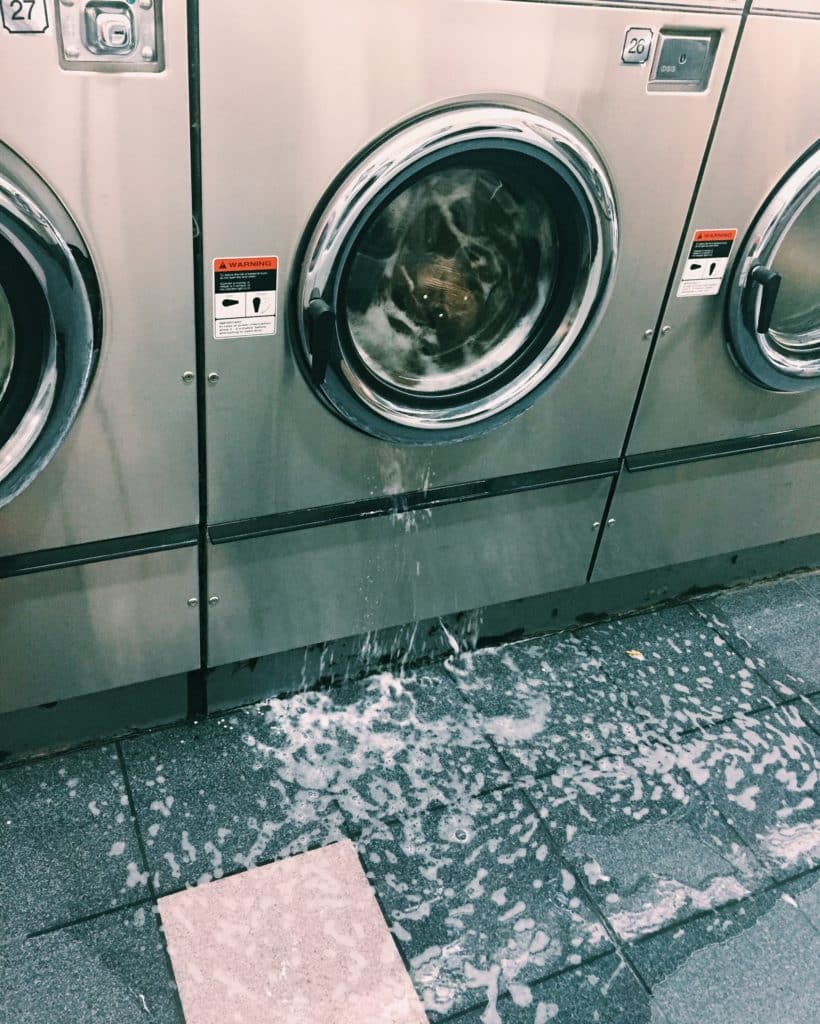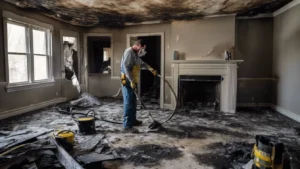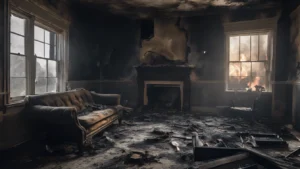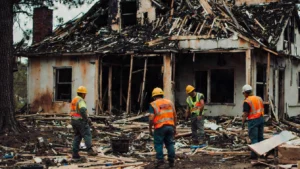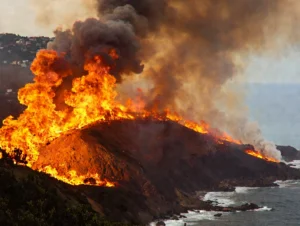What should you do when your house is underwater? We have all heard the nightmare stories of waking up with 6 inches of water on your floor and not knowing what to do next.
Here are the exact steps that just might save your house and money if you ever come across a house flood! Whether your water heater broke, plumbing failure, or a storm caused a leaking roof, these are the next steps to take during if you come across flood damage.
Nearly 37% of U.S. homeowners claim to have some type of water damage with nearly 14,000 people experiencing water disasters every day. You are not alone.

What to do if your house floods?
1. Stop the water source from leaking
If the flood is due to a water source that you can stop, either turn off the water source or seal it to prevent any more water from damaging the property. If the flood is due to the weather or external factors, sandbags and other solutions can assist with preventing any more water from entering the property.
2. Turn off the electricity
After the source of the water has been turned off, turn off all electrical systems in your home. Do not walk through puddles of water to get to the fuse box. If you cannot reach the fuse box without touching the water, call an electrician to assist and stay in dry areas only. Safety comes first.
3. Staying in a safe location
If the incoming water cannot be stopped and is pooling in a dangerous location, evacuate the property and find a dry, safe spot to make the necessary calls. Avoid any wet areas and be careful touching any objects that may have electricity. In the case of a natural disaster, locate a temporary shelter for assistance.
4. Contact a local restoration company for help
Once you and your family members are safe, call the professionals for assistance. If anyone needs medical attention, call 911 for emergency services. Do not try to salvage any property inside the flooded house, the damage has already been done. Remember that while items can almost always be replaced, nothing can replace health or life for you and your loved ones. Focus on safety and remember that your property can be repaired and restored.
Call a local water damage restoration company like Allied Restoration for assistance in drying out the property, mitigating the damages, and repairing the home back to pre-loss conditions. Not every case will need an insurance claim but consult with your local restoration company beforehand to see if an insurance claim is necessary.
Renters: Call Your Landlord
If you are renting the property, it would be a great time to call the landlords to inform them of the situation and connect your local professionals with the landlord to update them. The landlord and the service experts will be able to handle the situation from here on out and keep you informed along the way.
Homeowners: Consult with your service experts
During the mitigation process of drying and cleaning up the property, the service expert can guide you through the process if it would make sense to file an insurance claim. When your service experts arrive onsite, they can let you know what the best next steps would be.

5. Documentation
The most important step after filing a claim is documentation of the process. A local restoration company like Allied Restoration prepares all the necessary documentation of reports and pictures to send over to the insurance company.
Before even mitigating the damages and cleaning everything up, documenting the entire disaster with pictures will be critical when dealing with your insurance claim.
6. Starting the water damage restoration process
Cleaning up after a flood is a process that property owners usually do not have the tools or equipment to handle. You’ll need to remove the water, salvage any personal items you can, dry the space out, and disinfect any areas or objects the water touched. You’ll need to undertake these tasks wearing proper safety gear to avoid contact with contaminated water sources. The Red Cross also has some great resources for you to refer to when dealing with floods.
7. Prevent the formation of mold and damage
If the action was not taken within 24-48 hours of water damage occurring, you may be dealing with mold issues. Mold is a common problem after water damage occurs at a property. That is why it is very important to properly dry out the areas. This may include removing the flooring, drywall, and carpet.
Toxic mold or black mold can have long-term effects on your health. To avoid mold issues, you’ll need to do two things: keep affected areas as dry as possible and treat potential problem areas with a strong anti-bacterial cleaner. FEMA instructions for recovering from a flood.
Floods can happen at any time and the only way to be on to of flood damage is to prevent it from happening or catching it early. Technology has advanced a long way from the old days where we can now monitor our entire water flow system through our phones! Yes, you read that correctly, you will never have to deal with floods and water damage again if you have this technology installed into your home!
Check out the FLO by Moen water system to prevent water damage and catching it before it becomes a problem!

